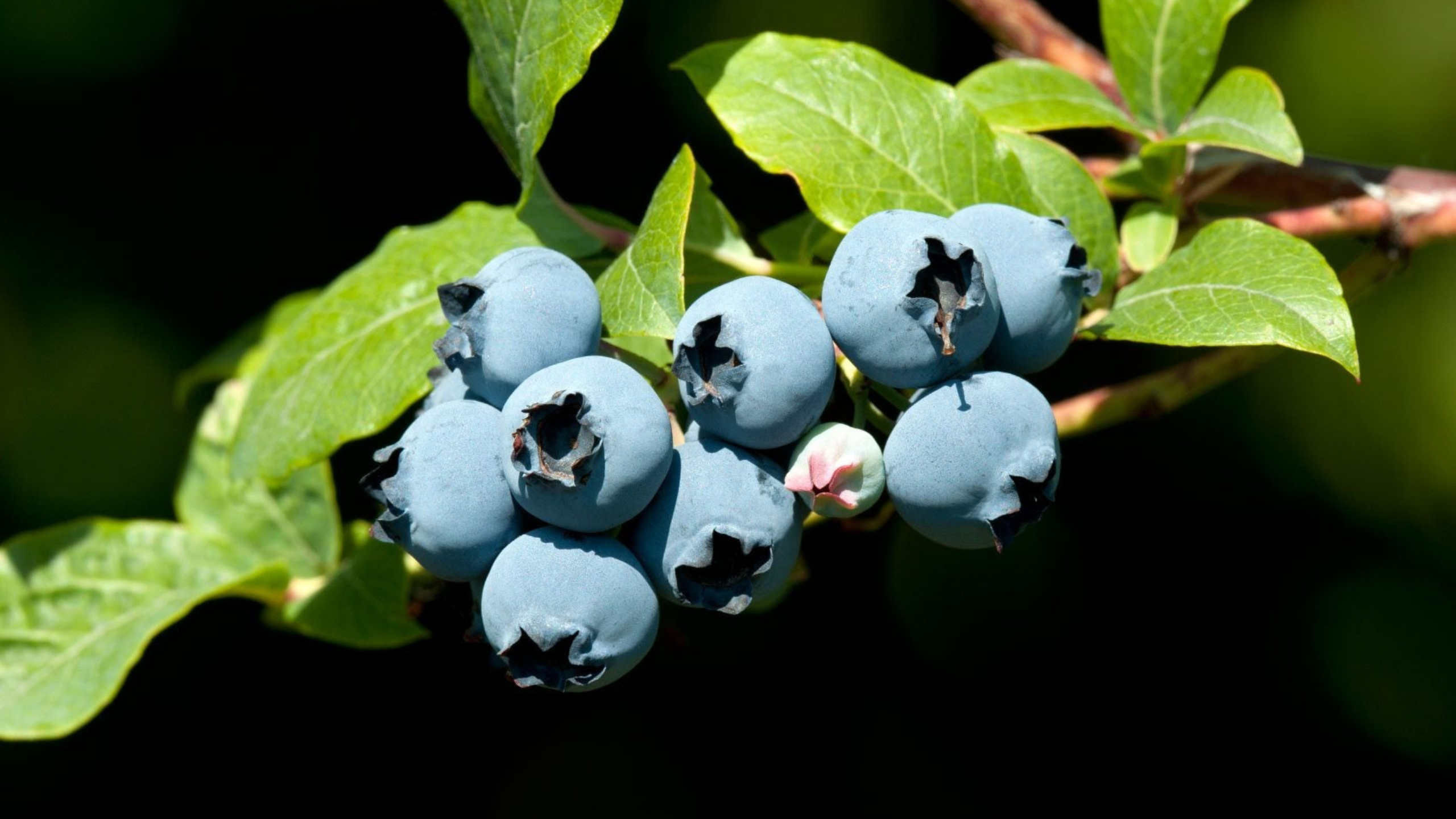Blueberries are not just one of the tastiest fruits; they’re also packed with nutrients and antioxidants that are great for your health. For avid gardeners, the joy of growing these sweet berries can be enhanced by the easy propagation of blueberry plants. This article will delve into how you can use cuttings to produce new blueberry plants, providing a continuous supply of delicious fruit for years to come.
Why Propagate Blueberries?
Propagation by cuttings is a cost-effective way to clone your favorite blueberry varieties. With just a bit of effort, you can multiply the number of plants in your garden, all while enjoying the process of nurturing your plants. Below, we’ll explore the best practices for this method, helping you achieve optimal results.
The Best Timing for Blueberry Cuttings
The ideal time to take blueberry cuttings falls between late summer and early fall, specifically from late August to early October. During this period, the plant slows its growth, and the wood becomes semi-hard, making it perfect for cuttings.
Why is this timing important?
- It allows the cuttings to establish roots before winter dormancy sets in.
- Cooler temperatures and higher humidity levels help mitigate the risk of dehydration and stress on the cuttings.

Advantages of Late Summer Cuttings
Timing your cuttings right offers multiple benefits:
- Semi-Dormant State: The plant focuses energy on developing roots rather than producing new leaves, enhancing the chances of successful propagation.
- Reduced Disease Risk: The cooler conditions lower the likelihood of fungal infections and dehydration, which are more common during warmer months.
- Spring Ready: New plants propagated in late summer can be transplanted in spring, giving them a full growing season to establish themselves.
Tools and Materials You Need
Before you start propagating, gather the necessary tools and materials to set yourself up for success:
- Sharp Pruning Shears: Clean, sharp tools will make smooth cuts.
- Rooting Hormone: This helps stimulate root growth.
- Well-Draining Potting Mix: Essential for preventing waterlogging.
- Small Pots or Trays: For planting your cuttings.
- Humidity Dome or Clear Plastic Cover: Helps maintain moisture.
- Spray Bottle: For misting cuttings to keep humidity levels high.
- Heat Mat: Optional but can help maintain the right temperature for rooting.
Step-by-Step Guide to Taking Blueberry Cuttings
With your materials ready, follow these steps to propagate your blueberries:
1. Select Healthy Plants
- Choose disease-free blueberry plants with semi-hardwood stems.
- Look for sections that are about 6 inches long and have several leaves.
2. Make Your Cut
- Using your pruning shears, make a clean cut just below a leaf node to maximize energy transfer.
- Remove the leaves from the bottom half to minimize moisture loss.
3. Dip in Rooting Hormone
- Dip the cut end into rooting hormone. This step boosts the likelihood of successful rooting.
4. Plant the Cuttings
- Prepare pots filled with well-draining potting mix.
- Make a small hole in the soil, insert the cutting, and gently firm the soil around it.
- Water thoroughly to eliminate air pockets and help the soil settle.
5. Increase Humidity
- Cover the pots with a clear plastic cover or humidity dome.
- This is crucial for maintaining humidity, which is essential for rooting.
Creating the Ideal Environment
To ensure successful rooting, provide a favorable environment for your cuttings:
- Temperature: The ideal range is between 65-75°F. If needed, use a heat mat for consistent warmth.
- Light: Place the pots in a spot with indirect sunlight to prevent scorching.
- Humidity: Mist the cuttings regularly but ensure the soil remains moist—not waterlogged.
Caring for Your Cuttings
Monitor the cuttings daily, keeping an eye out for signs of pests or diseases. After a few weeks, gently tug on the cuttings to check for resistance, which indicates root development.
Once you notice roots forming, gradually acclimate your cuttings by removing the plastic cover for increasing periods each day. This allows them to adjust to normal humidity levels.
Transplanting Your Rooted Blueberry Cuttings
When your cuttings have a robust root system, it’s time to transplant them:
1. Choose a Location
- Opt for a sunny spot with acidic, well-draining soil.
2. Dig the Hole
- Dig a hole slightly larger than the root ball


purchase amoxil pills – https://combamoxi.com/ amoxicillin pill
order diflucan online cheap – https://gpdifluca.com/ where to buy fluconazole without a prescription
order generic cenforce 50mg – https://cenforcers.com/# cenforce order online
tadalafil tablets 20 mg global – us pharmacy cialis cialis daily dose
does cialis lower your blood pressure – click what to do when cialis stops working
zantac uk – zantac for sale online buy zantac 150mg generic
sildenafil citrate tablets 100 mg – https://strongvpls.com/# viagra women sale uk
This is the compassionate of literature I in fact appreciate. this
The vividness in this piece is exceptional. amoxicillin buy online
This website positively has all of the information and facts I needed there this participant and didn’t identify who to ask. https://ursxdol.com/prednisone-5mg-tablets/
Proof blog you be undergoing here.. It’s obdurate to on elevated quality script like yours these days. I justifiably appreciate individuals like you! Withstand guardianship!! https://prohnrg.com/product/omeprazole-20-mg/
This is the tolerant of advise I find helpful. viagra professional prix france
More posts like this would make the blogosphere more useful. https://ondactone.com/spironolactone/
Thanks on putting this up. It’s well done.
buy spironolactone medication
Thanks an eye to sharing. It’s outstrip quality. http://www.fujiapuerbbs.com/home.php?mod=space&uid=3618570
generic dapagliflozin 10 mg – cost dapagliflozin 10mg dapagliflozin 10mg cheap
buy generic orlistat – https://asacostat.com/ order xenical 60mg sale
This is the compassionate of writing I in fact appreciate. http://shiftdelete.10tl.net/member.php?action=profile&uid=205534
You can keep yourself and your dearest close being wary when buying panacea online. Some pharmacy websites control legally and sell convenience, reclusion, sell for savings and safeguards as a replacement for purchasing medicines. buy in TerbinaPharmacy https://terbinafines.com/product/imitrex.html imitrex
More content pieces like this would make the интернет better. commande cialis
I couldn’t resist commenting. Profoundly written!
https://t.me/officials_pokerdom/3513
https://t.me/s/Irwin_officials
Mit mehreren 1000 Spielautomaten bietet die virtuelle Spielhalle eine riesige Auswahl, die sowohl beliebte Klassiker als auch brandneue Titel umfasst. Das Vulkan Spiele Casino bietet seine Spiele nicht nur von einer kleinen Auswahl an Entwicklern an – es arbeitet mit fast 50 verschiedenen Providern zusammen. Durch die kontinuierliche Erweiterung des Angebots und die Zusammenarbeit mit zahlreichen renommierten Providern bietet das Vulkan Spiele Casino seinen Nutzern ständig neue Erlebnisse.
Für neue Spieler ist der Vulkanspiele 70 Free Spins No Deposit Bonus besonders interessant. Danach sollten die Freispiele bereits in Ihrem Konto auf Sie warten. Sie erhalten die Spins kostenlos, wenn Sie ein Konto bei Vulkan.Spiele eröffnen und Ihre Telefonnummer bestätigen. Sie interessieren sich für Vulkan Spiele Casino und haben vom attraktiven 70 Freispiele Bonus ohne Einzahlung gehört? Nachdem Sie Ihre Telefonnummer verifiziert haben, sollte der Gratisbonus von 15 Euro bereits in Ihrem Konto auf Sie warten.
Das Vulkan Spiele Casino bietet eine Vielzahl an Zahlungsmethoden, um Ein- und Auszahlungen so bequem wie möglich zu gestalten. Außerdem arbeitet die Plattform mit Organisationen wie GamCare und Gambling Therapy zusammen, die Unterstützung bei problematischem Spielverhalten bieten. Über den Live Chat erhalten Sie in wenigen Minuten kompetente Antworten – in unserem VulkanSpiele Casino Test betrug die Wartezeit meist unter zwei Minuten. Der Kundensupport im Vulkan Spiele Casino ist rund um die Uhr erreichbar und bietet schnelle Hilfe. Ob Neueinsteiger oder erfahrener Spieler – hier findet jeder etwas Passendes, um sein Glück herauszufordern und dabei unterhalten zu werden.
References:
https://online-spielhallen.de/die-venlo-casino-mobile-app-spielspas-fur-unterwegs/